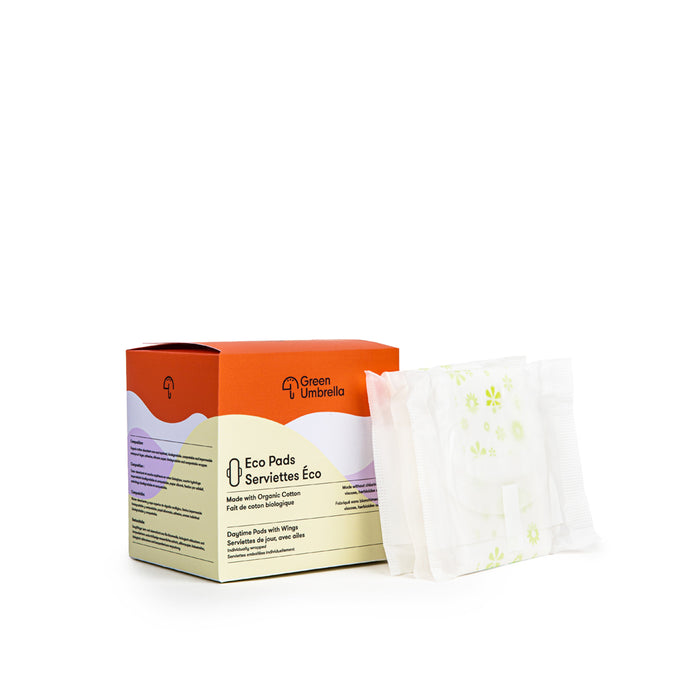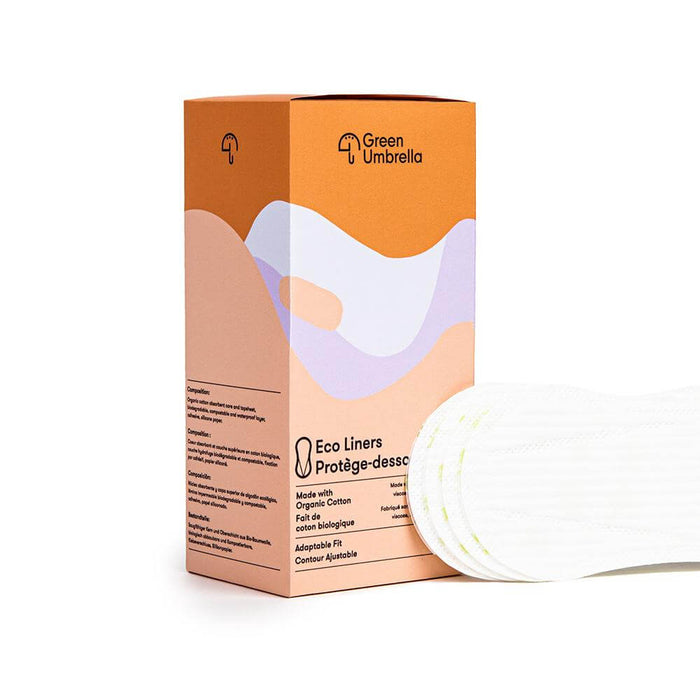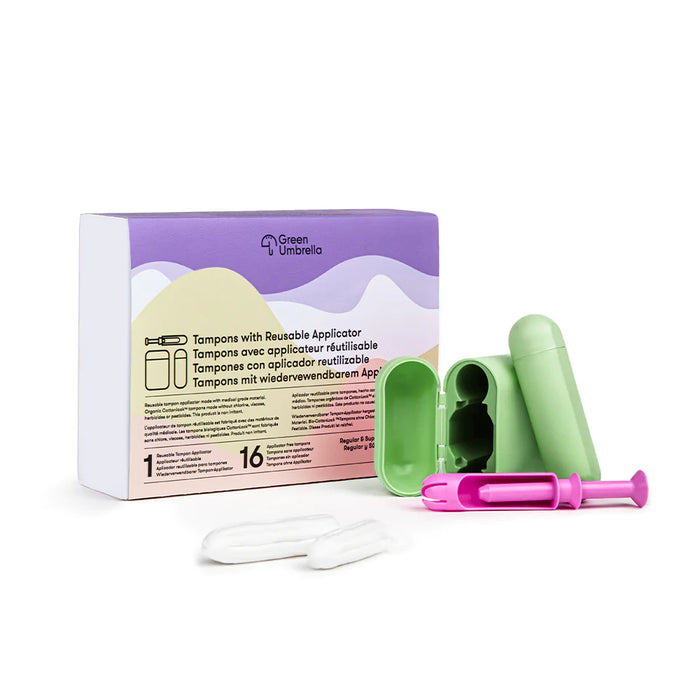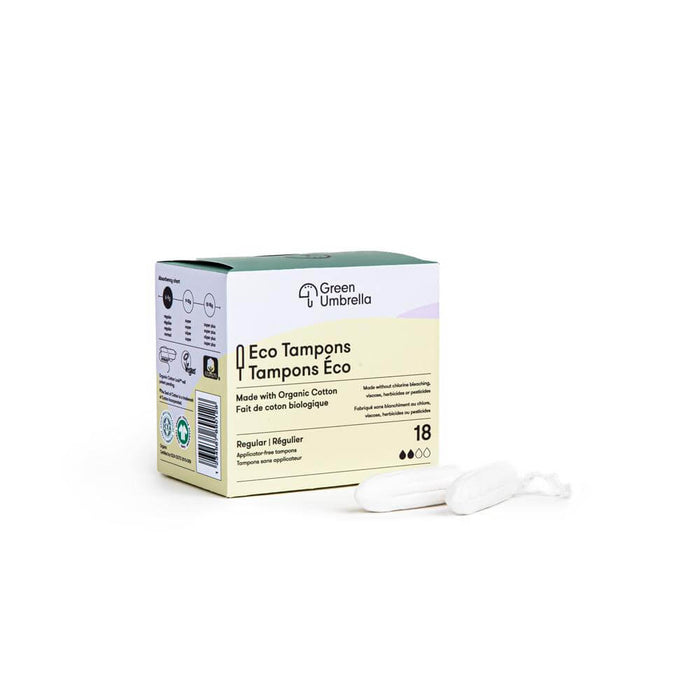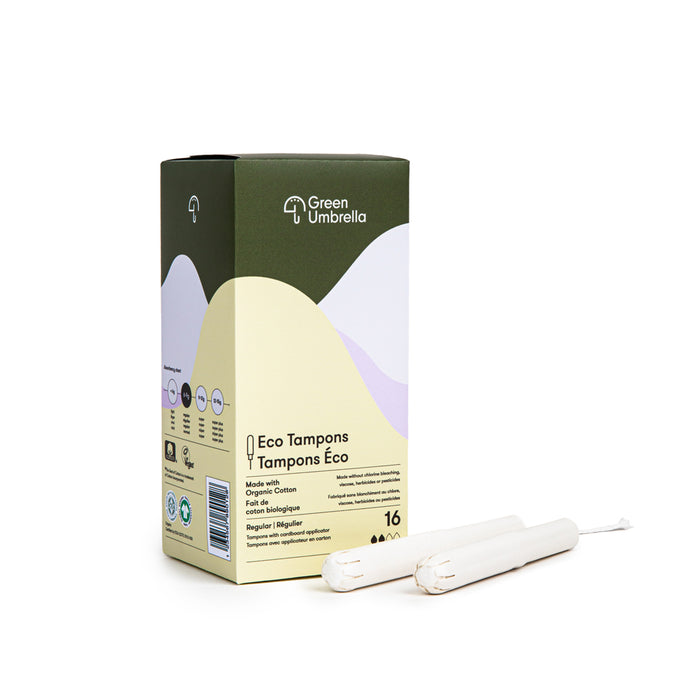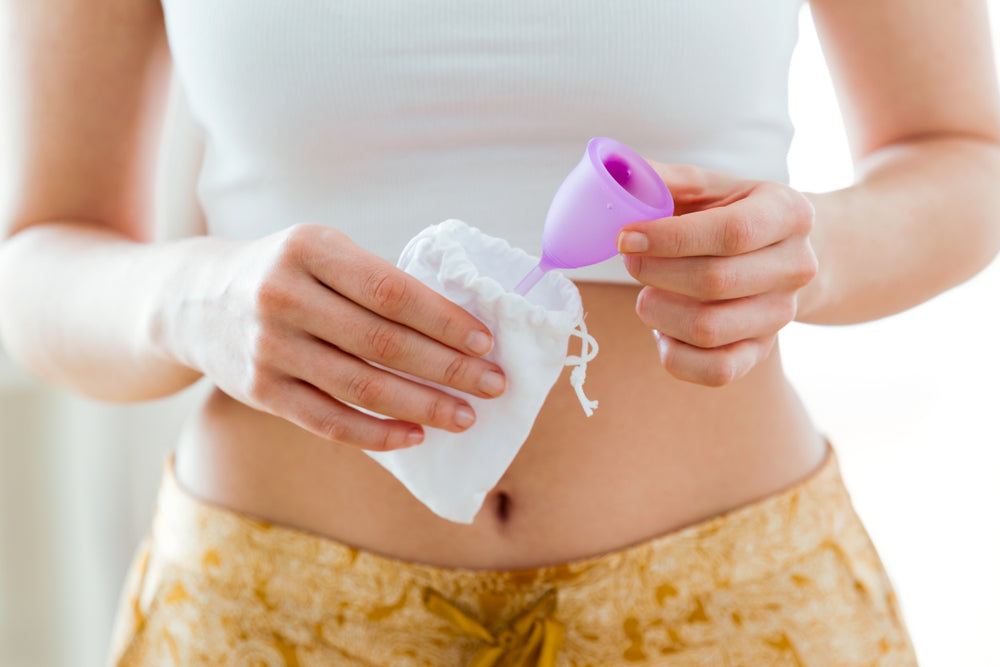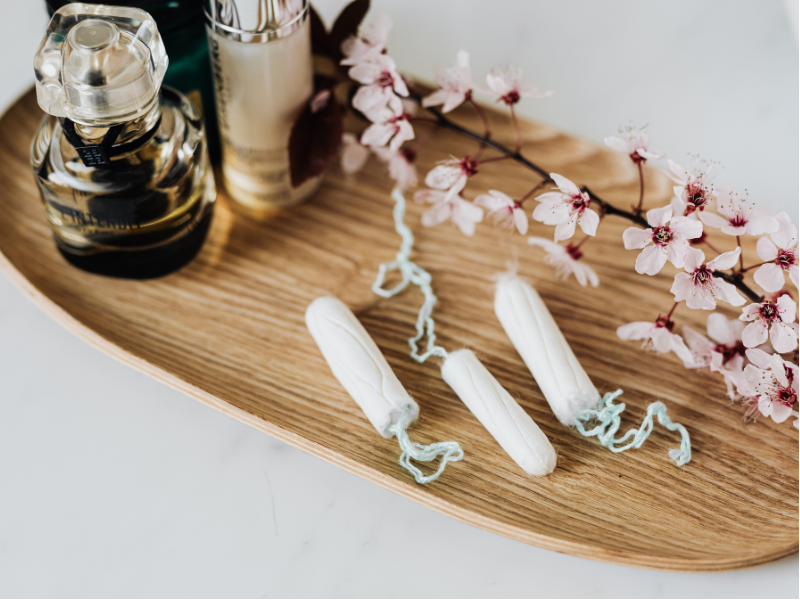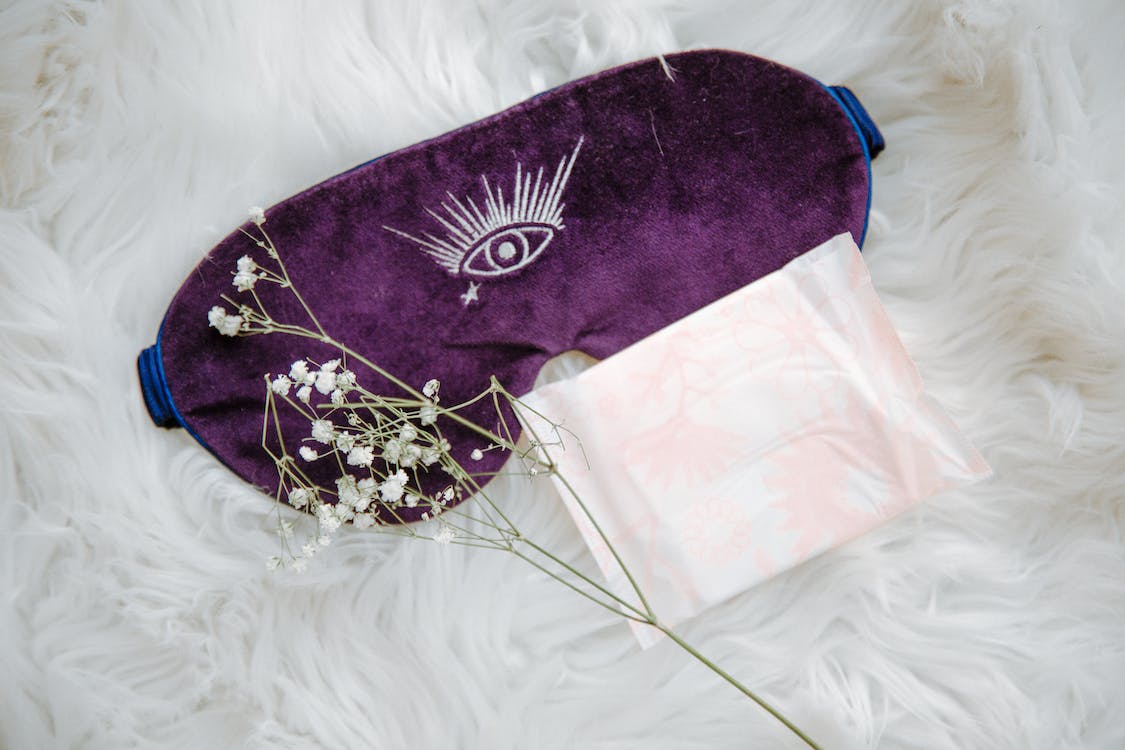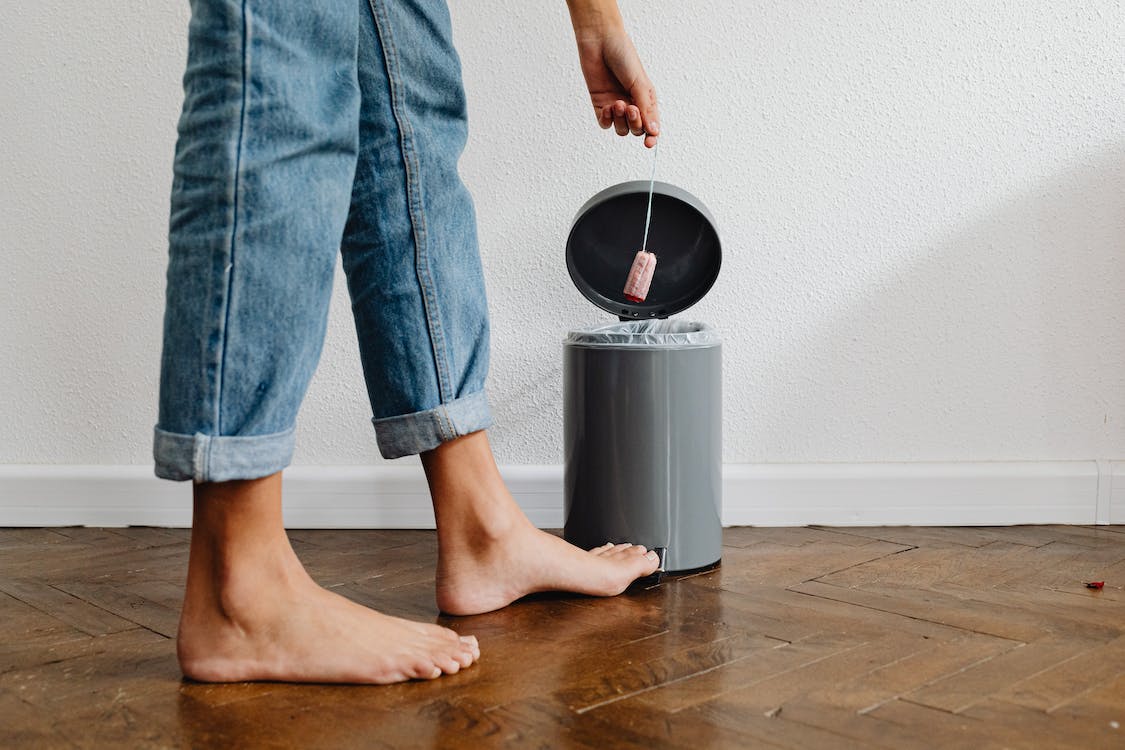Menstrual cups aren’t a new thing. Although their popularity in recent years might lead you to believe they are, these cups have been used by people who have gotten periods for more than 100 years. You can imagine the menstrual cups used even 50 years ago are a bit… different than the ones you see today. But they were all made for one purpose. Menstruators have plenty of reasons to switch to a period cup instead of their trusted tampons and proven pads. Maybe you’ve got sustainability on your mind or are looking for a product that has a longer wear time. So, what’s holding you back?
At Only, we believe periods are personal. But that doesn’t mean we can’t talk about them. Put your feet up and prepare to tap into the taboo as we explain our beginner’s guide to menstrual cups. Whether you stay a tampon lover for life or prefer pads, we won’t take offence. In the meantime, let’s take a closer look at what this historic yet modern invention can do.
What is a Menstrual Cup?
Where other period products absorb menstrual fluids, a menstrual cup collects them. The cup is often bell-shaped and can stay inserted for up to 12 hours. It’s also praised as a discreet option with no strings or prominent materials, so it’s a secret between you and yourself. Wait, there’s more: a menstrual cup can typically hold between 15 to 30 millilitres of liquid, making it capable of holding more than the average super plus tampon.
What is a Menstrual Cup Made From?
Gone are the days when only a few brands embraced the ways of the menstrual cup. Innovation has paved the way to research discovering some of the best materials to use for these products, which is especially important as they come into contact with your intimate skin. Most period cups are made from body-safe plastics, like silicone, which is derived from silica. Some are also shaped out of natural rubber or latex. At Only, sustainability is more than a movement for us. It’s
a virtue. That’s why our menstrual cups are created with Thermoplastic Elastomer (TPE). We opt for this material because once it’s served its purpose, scraps can be remelted down and reused again and again. Unlike silicone, which cannot be reprocessed and leads to much more waste.
Are There Different Sizes of Menstrual Cups?
Absolutely. Just like there are various absorbencies for pads and tampons, menstrual cups can carry different amounts of liquid depending on the wearer's needs. At Only, we offer our cups in three sizes: small, medium, and large. Recommendations for which one to use vary based on age and if you have given birth. But here’s the thing: these are just guidelines. You might find yourself using a different-sized menstrual cup than is recommended, but if it works for you, that’s a-ok.
How Do Menstrual Cups Work?
Now that we’ve discovered all you need to know about what is a menstrual cup, you’re probably curious about how they work. These products are designed to seal in place like a tampon, creating a barrier between your period and the outside world. While inserted, they collect the contents of your period and keep them stored in the cup until you are ready to remove it.
How to Use a Menstrual Cup
Before tackling the task of putting in your menstrual cup, ensure you boil it in hot water for three to five minutes. This will eliminate any residue you don’t want on your intimate skin. Wash your hands thoroughly, and once the cup is fully dried, it’s time to make your move. Find a comfortable position, whether sitting or standing, and with two fingers, fold the upper lip inward to form a U-shape, and push inside. Ideally, you should not be able to feel the cup at all once it’s inside and inserted correctly. Try turning it to ensure it has a proper seal and will not leak. If this is your first time, consider wearing a liner and don’t get discouraged if it takes a few tries to get it comfortable.
Removing Your Menstrual Cup
Whether you choose to wear your menstrual cup for 12 hours or take it out after only a few, removal can take a bit of time and practice to get used to. You know your body best, so go at a
pace that works for you. Start off by thoroughly washing your hands with mild soap and warm water. Next, find a comfortable position where you can easily reach for the stem of the cup. This might be sitting on, squatting above, or standing near the toilet. Another option is to remove your menstrual cup in the shower. Gently pull down on the stem until you can grip the base. Then, move it from side to side until you can press your thumb and index finger into the mould and break the seal. And that’s it; consider yourself a period product pro.
How to Clean a Menstrual Cup
In between insertions, you’ll need to clean your menstrual cup. This will help keep it safe for your intimate skin. Once removed, dump the contents into the toilet and flush. Head over to the sink and get some warm water flowing. Once tepid, rinse the cup under the stream and pay extra attention to cleaning the suction area. Turn off the tap and shake off any excess water. Use a cloth or a tissue if need be to dry your menstrual cup before reinserting.
What do I do if I’m not home?
Menstrual cups are designed to last longer and hold more than a tampon or pad. But that doesn’t mean they fit perfectly into your busy schedule. There’s a chance yours might need to be removed and cleaned while you’re out and about. Don’t panic, it happens. Searching for a stall with a sink might be like finding a needle in a haystack, so in a pinch, there is a way to clean your cup without having to go through the normal at-home process. Remove it and dump the contents as you usually would. Next, take a sanitizing wipe or toilet paper to clean the interior curvature of the cup. Reinsert and go about your day or night. Reminder for when you get home: remove the cup and wash as you normally would.
After Your Period
Regular cleaning during your period makes the cup easy to reuse almost immediately. But, you’ll want to step up the routine once your period is over. After rinsing your menstrual cup, it should be sterilized between your cycles. So, submerge it in a pot of boiling water for three to four minutes. This will remove any residue or potential bacteria that could linger until the next time you use it. Remove it from the water and let it air dry completely before storing it away.
How to Care for Your Menstrual Cup
Thanks to the TPE plastic, your Only menstrual cup is pretty easy to take care of. The best thing you can do for it is to maintain a proper cleaning schedule and sterilize it once a month. It’s worth saying this menstrual cup doesn’t last forever (thankfully) and needs to be replaced every two years or so. After it’s served its purpose, TPE materials can be melted down and reused in other medical-grade items. So if you’re ready to give it a new life, we can help you find a local recycler that can do just that.
Our beginner’s guide to menstrual cups is meant to get you started thinking about your period in a different light. You might not be ready to switch out your pads or tampons, but that’s okay, because our menstrual cup isn’t the only product we carry. Still wondering how this cup works, or want to learn more about our sustainability mission for all menstruators? We got you. Reach out to us to learn more.


